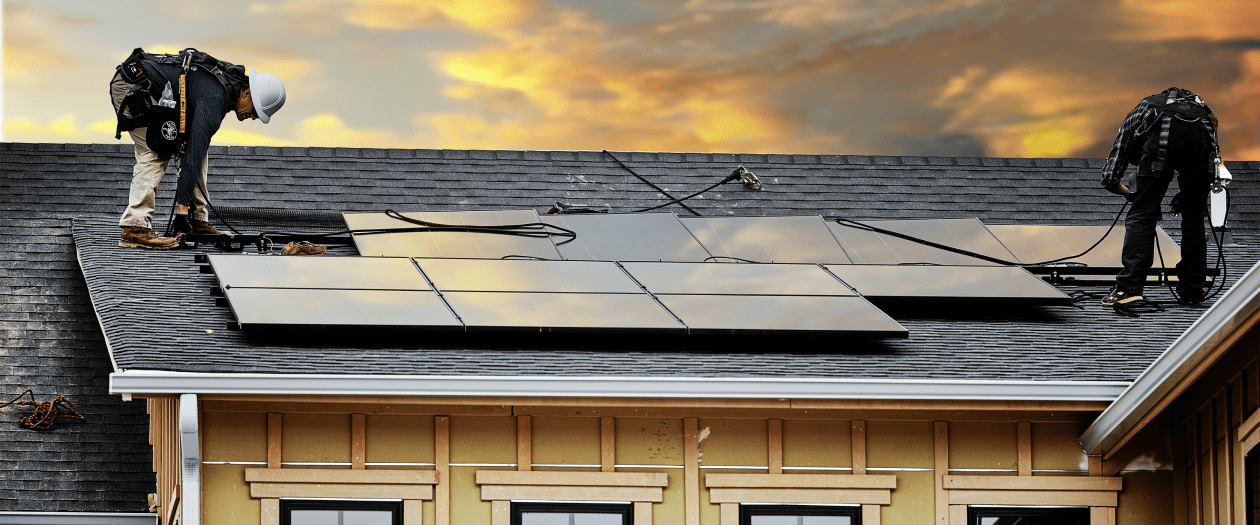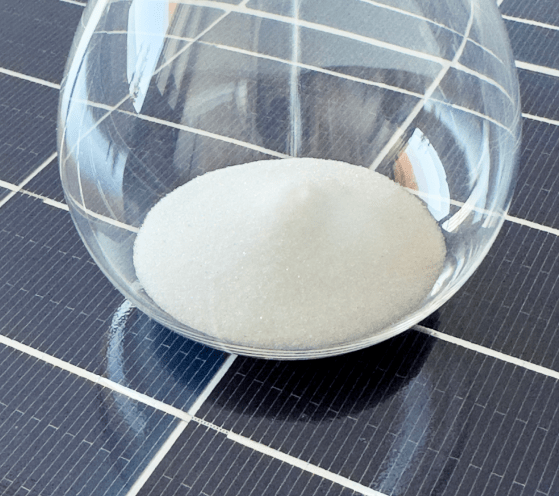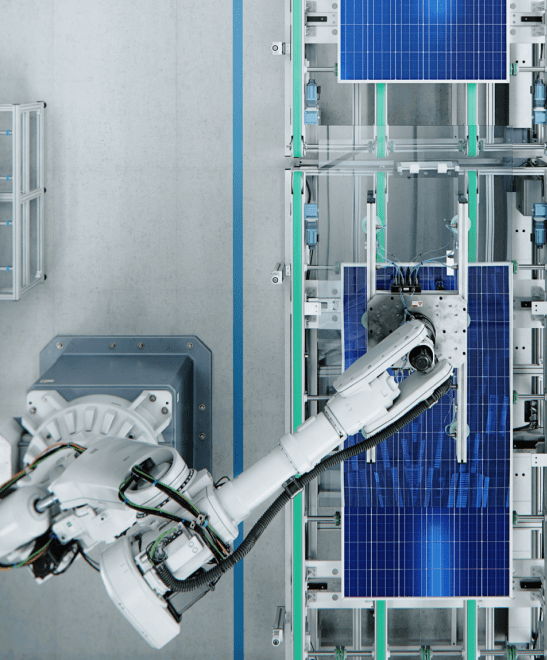

Solar power has surged in popularity over the last 25 years, transforming from a niche technology into a mainstream energy solution. The United States currently has over 219 gigawatts (GW) of solar capacity installed, enough to power over 37 million homes.
This explosive growth, paired with technological advancements, has significantly driven down the cost of solar panels over the past decade. Installation costs, for instance, have dropped by 40% in the same time frame. But as more homeowners consider the investment, many wonder — will the cost of solar continue to decrease?
In this guide, we’ll break down the current cost of solar, what’s driving price changes and whether the trend toward cheaper solar in the U.S. is likely to continue.
The Current Cost of Solar Panels
As of 2025, the cost of a home solar panel system varies based on several factors, including:
System size & configuration
Larger systems or those with additional components, like battery storage, cost more.
Local labor & permitting fees
Installation costs depend on your location and local regulations.
Available incentives
Larger systems or those with additional components, like battery storage, cost more.
While the installation itself is important, it’s the companies that offer ongoing service and system protection that stand out from the rest.
For many homeowners, switching to solar goes beyond just the panels. Battery storage, for instance, is essential for backup power during outages and achieving greater energy independence. Routine maintenance and cleaning is also key to keeping solar panels efficient over time.
According to the National Renewable Energy Laboratory (NREL), in 2023, the average cost of solar panels ranged from $2.68 to $4.70 per watt, depending on whether battery storage was included.
Why Are Solar Panels Getting Cheaper?

Many experts look to the following factors as predictors of the cost of solar panels.
Technological Advancements
One of the most significant innovations has been the discovery of new materials and techniques to lower the production costs of solar panels, thereby reducing overall product costs and letting homeowners generate more energy from their panels.
For example, manufacturers have found that perovskite, a thin mineral known for its crystal structure, can absorb light and excite electrons just like its silicon alternatives, but at a far lower price point.
Additionally, innovations in manufacturing, such as automation and modular assembly lines, are further reducing labor and production expenses. As these technologies become more widespread, the affordability of solar panels may improve, ensuring that more households can adopt solar energy in the coming years.


Economies of Scale
Because more people want solar panels for their homes and businesses, manufacturers have scaled their operations to accommodate the demand. By increasing output and optimizing production lines, solar suppliers can reduce the overall cost of panels for consumers. Automation, streamlined supply chains and improvements in logistics have also contributed to making solar panels more affordable than ever.
A key factor influencing these developments is the Inflation Reduction Act (IRA), which has provided substantial financial incentives for American-based manufacturers to optimize their solar energy development. Since the bill passed in 2022, solar manufacturing output has grown four-fold. This focus on U.S.-based production is helping to lower costs by reducing dependence on imported materials and mitigating global supply chain disruptions.
Many economists hope this legislation will continue to foster solar energy development, despite looming tariffs on solar products from Southeast Asia. Instead, they hope the increase in domestic products will offset some of the costs these tariffs may cause, making solar more accessible for American households.
Government Incentives & Subsidies
Programs like the federal solar tax credit, which allows qualifying homeowners to deduct 30% of total installation costs, have been instrumental in making solar more affordable.1 State- and utility-level incentives can further sweeten the deal. However, future policy changes could impact these benefits and impact the solar adoption rate.
Flexible Financing Options
Leasing options, power purchase agreements (PPAs) and solar loans have opened the door for more homeowners to go solar without significant upfront costs. These solar financing methods make solar energy accessible, even as market and policy conditions fluctuate.
Will Increased Demand Make Solar Panels Cheaper?

Higher demand generally leads to more competition among manufacturers, which can drive innovation and lower prices. However, short-term price increases are possible if supply chain pressures or material shortages arise. For instance, a surge in demand for silicon or rare metals could temporarily push prices up.
While it’s difficult to say with certainty that demand will continue to increase, the U.S. Energy Information Administration estimates that demand will exceed 286 billion kWh by 2025 despite policy changes and looming tariffs.
Despite potential swings, solar energy can remain a cost-effective investment, offering long-term savings compared to traditional energy sources.
Solar Panel Cost FAQs
Why are solar panels getting cheaper?
Technological advancements, increased production efficiency and government incentives have all contributed to making solar panels more affordable.
How much do solar panels cost on average in 2024? 
The average cost of solar panels in the United States ranges from $2.70 to $4.70 per watt, depending on the system configuration and whether battery storage is included.
What’s driving technological advancement in solar? 
Technological advancements include using more efficient photovoltaic cells, improvements in panel design, and new manufacturing techniques. These changes allow for lower production costs, higher energy efficiency, and longer-lasting solar products, which contribute to the overall affordability of solar panels.
What government incentives are available for solar?
Homeowners can benefit from the federal solar tax credit, state rebates and performance-based incentives, which can all lower the initial cost of switching to solar.*
Will solar panel prices continue to go down? 
Experts predict further price declines due to ongoing advancements and supportive policies, though economic factors like raw material costs may influence future pricing.
Are there low-cost solar panel options for homeowners? 
Yes, low-cost solar panel options provide essential energy solutions at a more affordable price. Some companies also offer leasing options or power purchase agreements (PPAs), which allow homeowners to install solar panels with little or no upfront cost.
Interested in seeing how affordable solar can be?

